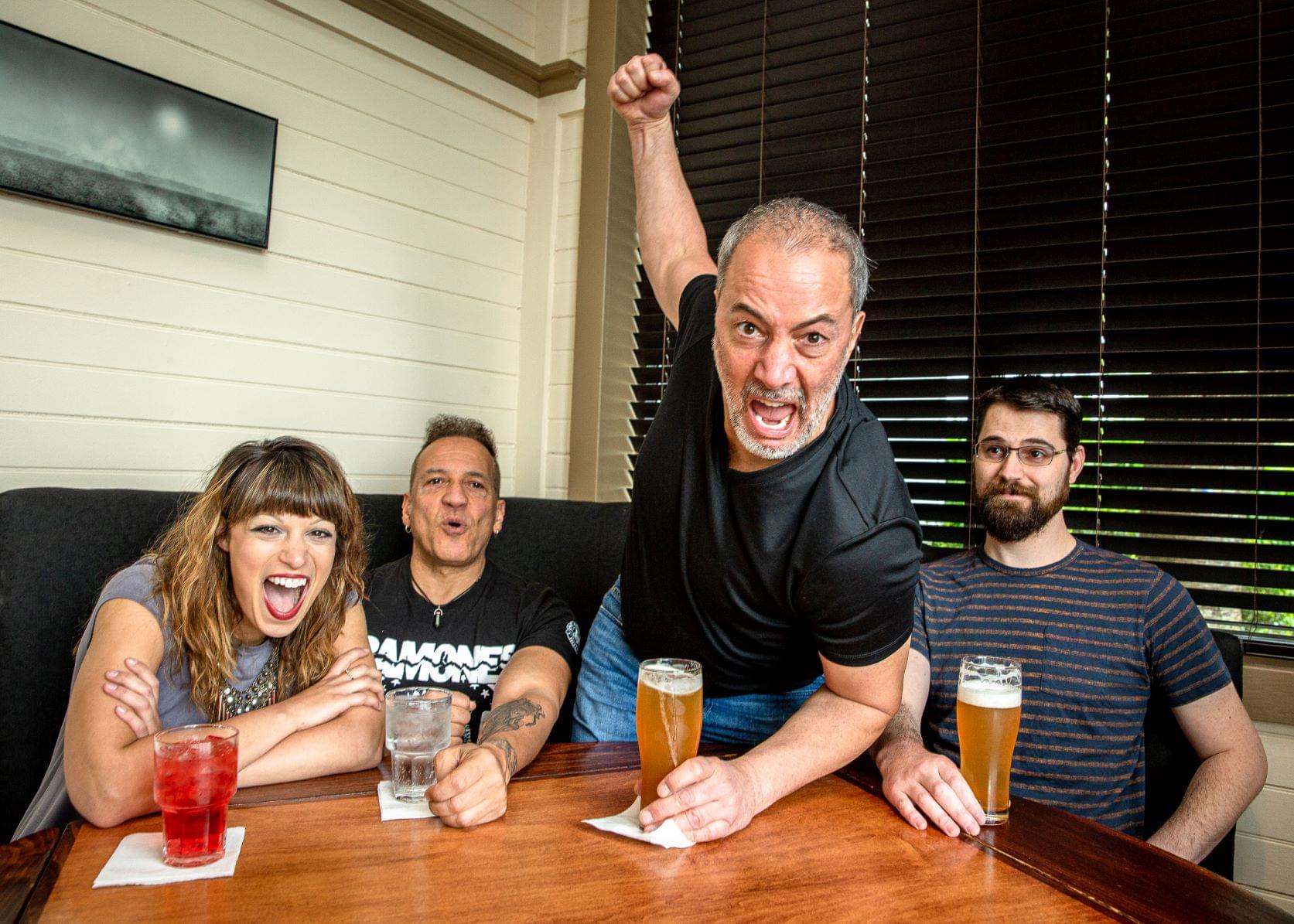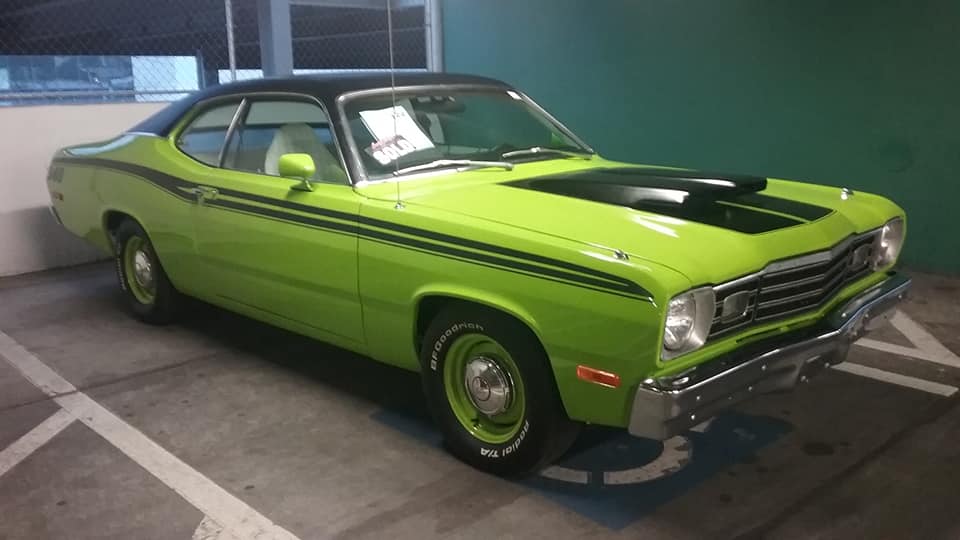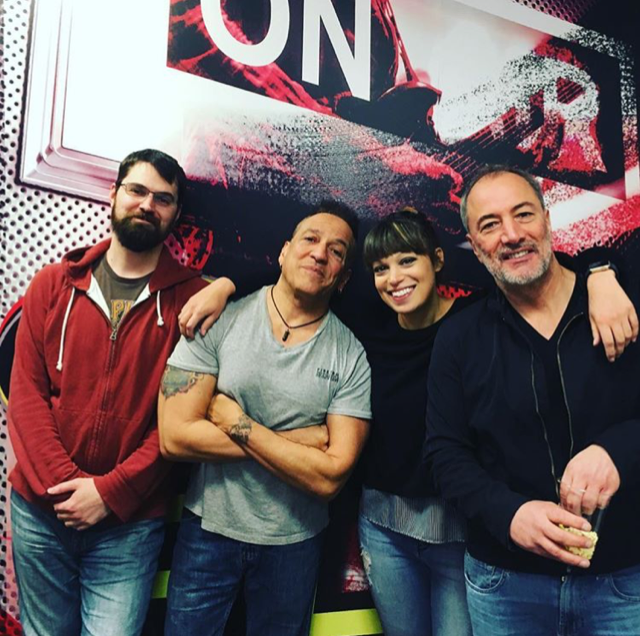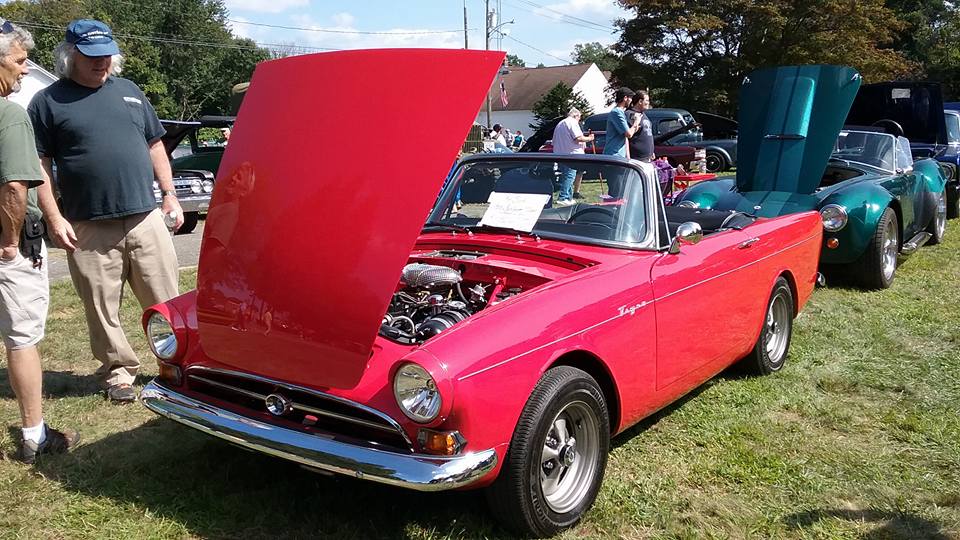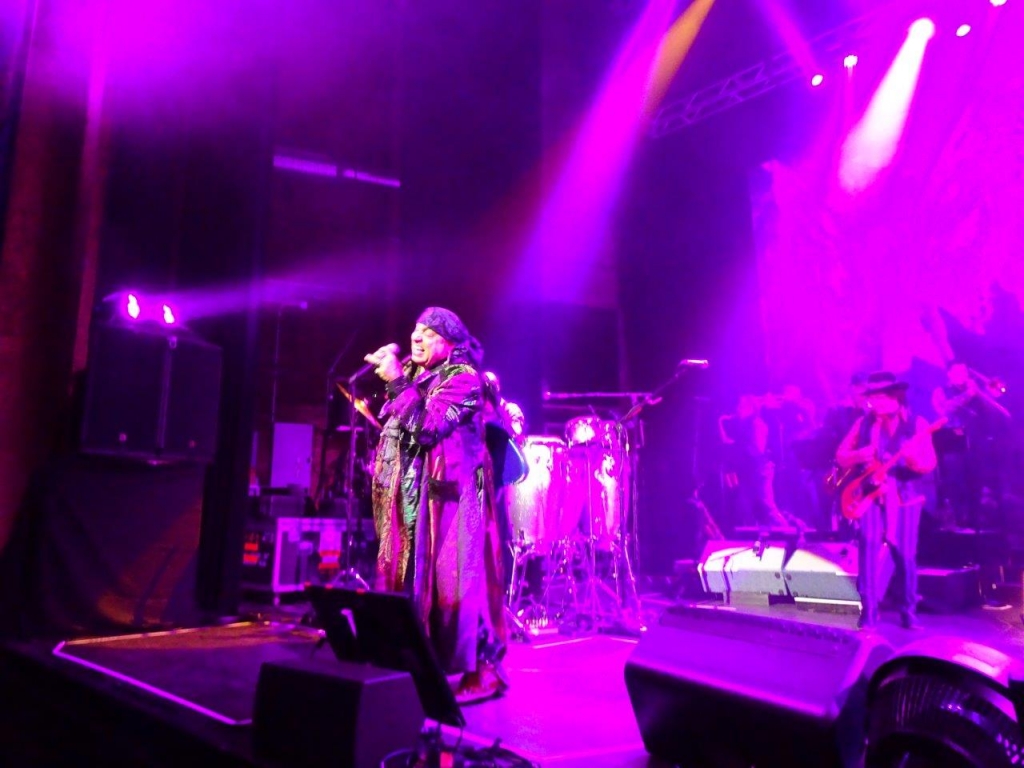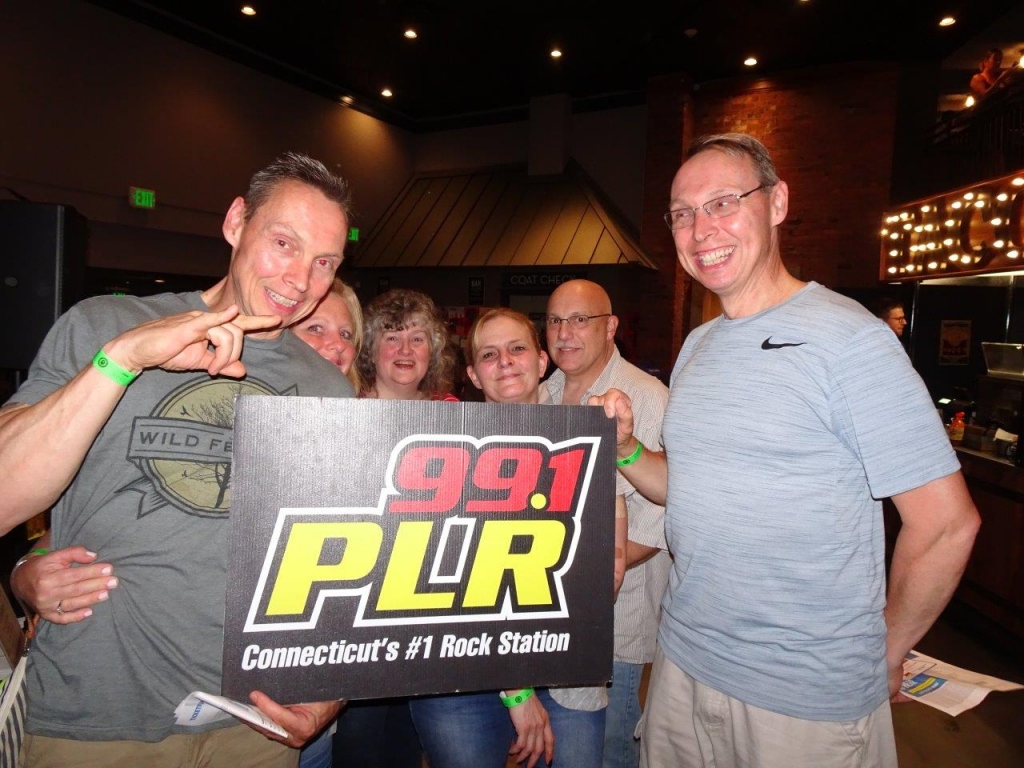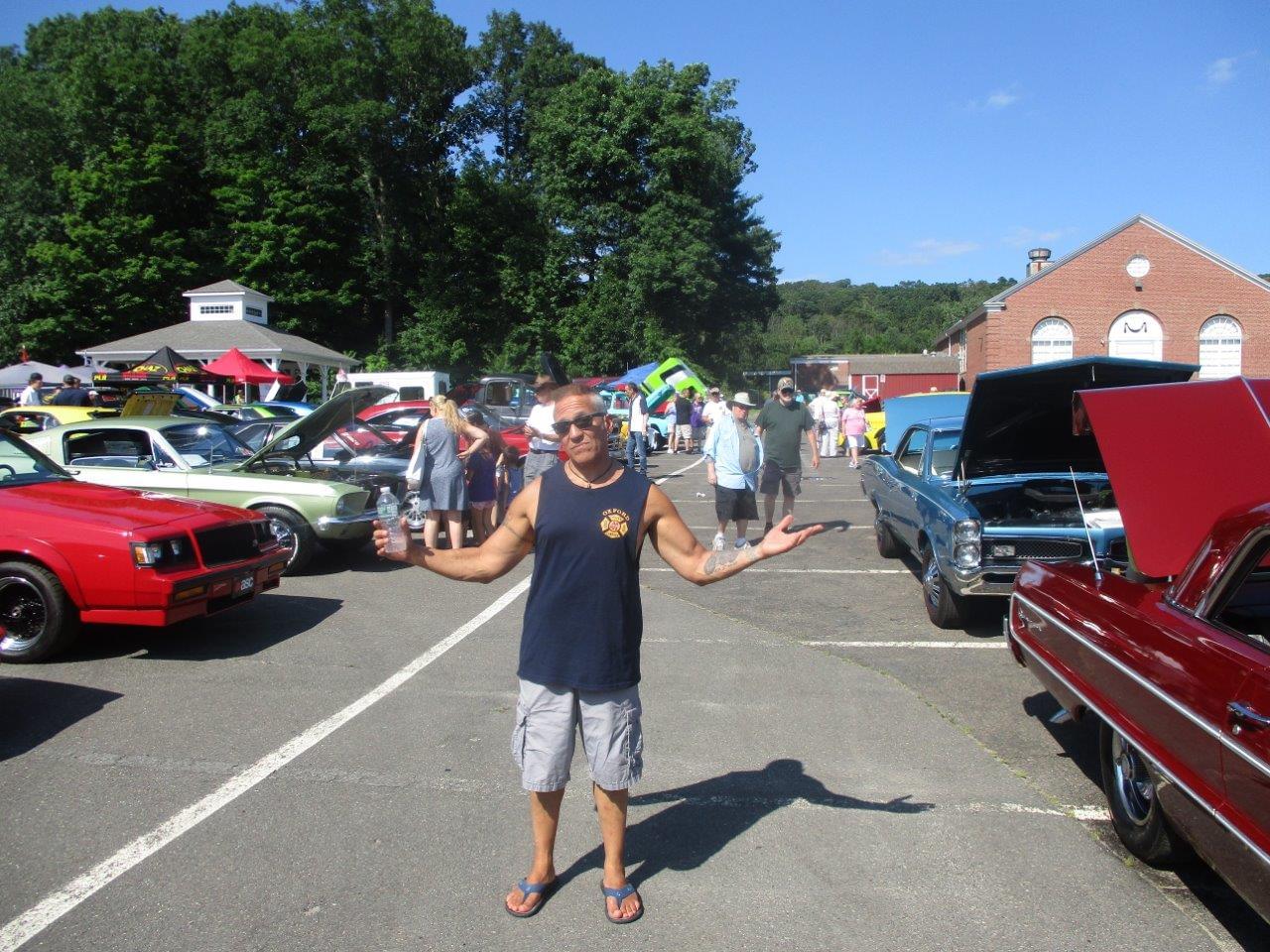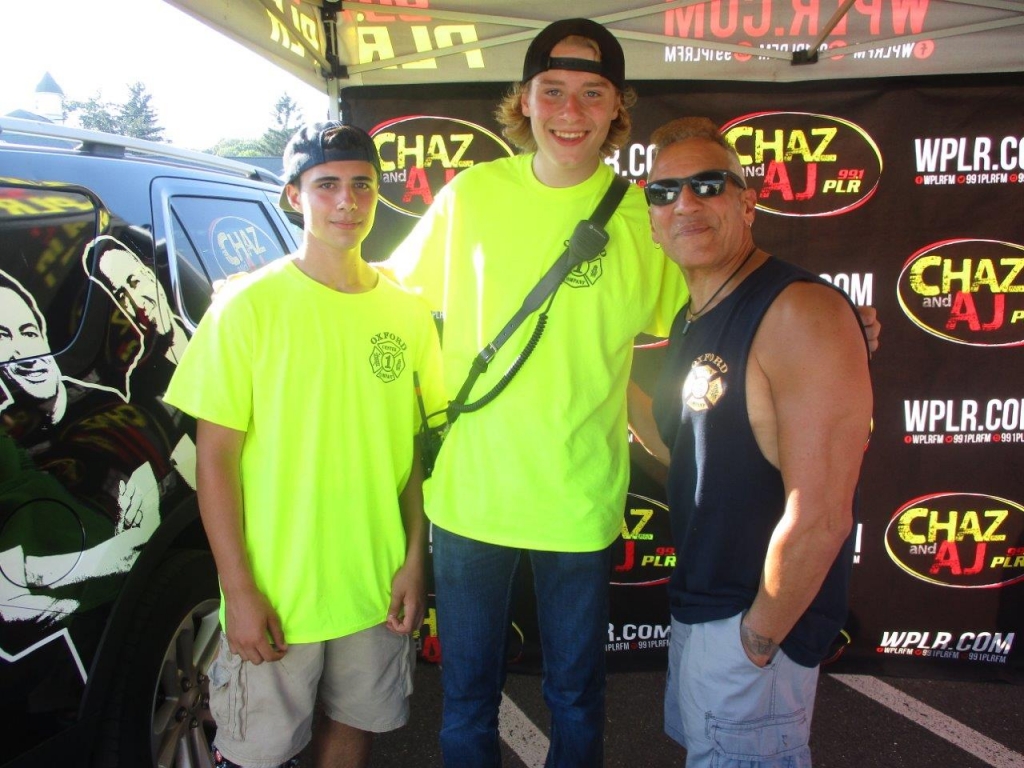Car: Plymouth 340 Duster Hardtop Coupe
Year: 1973
What makes it special: The original Duster was a semi-fastback two-door coupe version of the Valiant model that was marketed by Plymouth from the 1970 to 1976 model years. Duster was also positioned to compete with Ford’s slightly smaller semi-fastback Maverick compact car and the AMC Hornet that were both also introduced in 1970, and the slightly larger semi-fastback Chevrolet Nova whose design was introduced in 1968. Several trim and option package variants of the Duster were offered with names that included Feather Duster, Gold Duster, Silver Duster, Space Duster, Duster Twister, Duster 340 and Duster 360. These marketing variations of the basic Duster design targeted customers seeking economy, cargo capacity, and/or performance.
What made it famous: Following the design changes on the Valiant models, the Duster also received a new hood, grille, front fenders, bumpers, and taillights for 1973. The taillights on previous years mounted from the inside and had a flush appearance. Taillights were mounted from the outside and were trimmed in chrome, remaining unchanged through 1976. Simpler single-piston slider-type disc brake calipers were introduced for 1973, standard on 318-powered cars and with power-assist on 340 models, replacing the Kelsey Hayes four-piston calipers. Disc brake-equipped Dusters now had the more-common 5-lugs on 4.5″ wheel bolt pattern. All 340 and some 318 engine-equipped cars received the simplified 8.25″ rear axle assembly with wheel bearings riding directly on the axle shaft and endplay being taken by C-clips. These axles also featured the 5-on-4.5″ wheel bolt pattern, replacing the 8.75″ “drop-out” arrangement seen on some 1966-1972 A-bodies. A 3-speed Torque Flight automatic along with a manual transmission was offered with the 225 slant six. Electronic ignition became standard across the board.
Why I would want one: I’ve always loved the Plymouth Duster. Any model that gets a V8 when originally designed for economy always means instant factory hot rod.
Fun fact: The Plymouth Duster’s logo was, and still remains, one of the most recognizable automobile logos.
